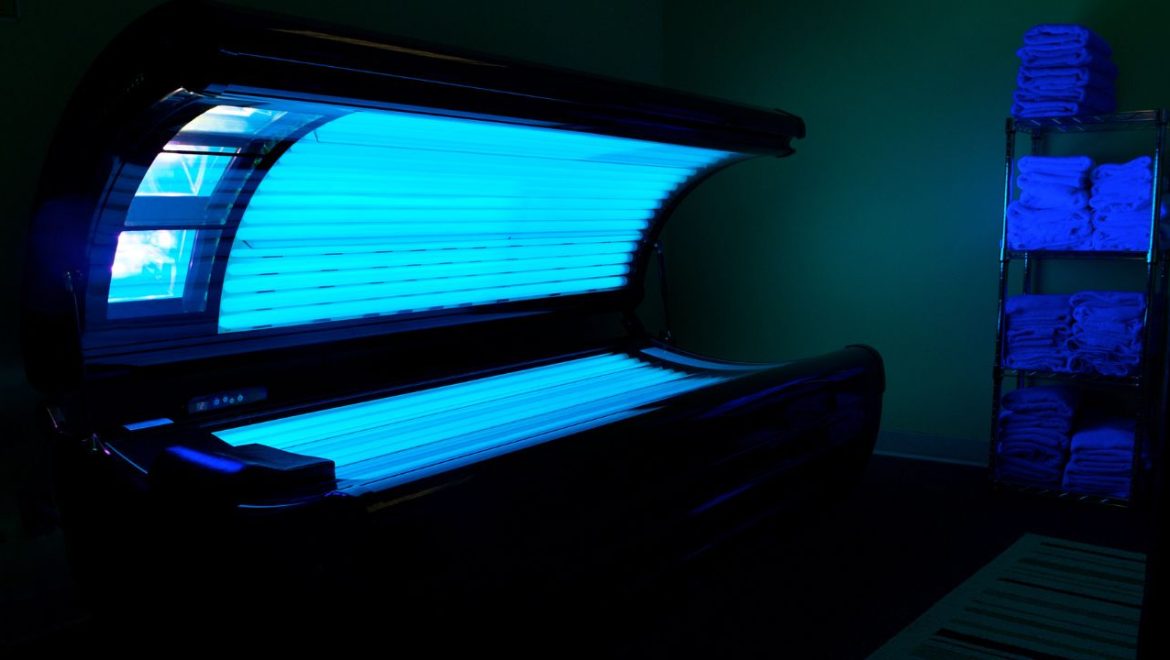
At the turn of the century, tanning beds were among the most common things in many American cities and towns. Beloved by many, they’d been the go-to for anyone who wanted the tan without necessarily going to a beach. But it wasn’t long before science shed some needed light on the dangers of using these once glorious machines. Many millennials spent the 2000s combating the use of tanning beds, especially after the International Agency for Research on Cancer classified all UV wavelengths, even those from tanning beds, as Group 1 carcinogens that could lead to cancer. Most tanning salons closed down after the news, resulting in the decline of tanning beds. Well, that’s until now, thanks to Gen Z.
Gen Z’s Risky Glow-Up
Among the things Gen Z is most famous for, TikTok skincare routines that involve upwards of 10 products easily appear in the top 5. It is a surprise, then, that Gen Z is somehow bringing back tanning beds. A survey spearheaded by the American Academy of Dermatology revealed that Gen Z is not as well informed about UV safety as older generations. Even more heartbreaking is that 28% of Gen Z admitted that getting a tan is more important than protecting themselves from skin cancer.
Is Social Media to Blame?
Social media, as the greatest influencer of our time, has played a significant role in promoting this dangerous trend. Jacqueline Watchmaker, MD, a dermatologist, maintains that there is “this wave of misinformation that affects younger teens and Gen Z.” She observed that she has “seen some 20-year-olds who come not only tan but red-brown.” It’s becoming clear that chasing that perfect tan is quickly overshadowing the reality of the deadly consequences of using tanning beds.
The Dangerous Illusion at Play
The idea of endless youth has long been one of humanity’s biggest vices. Dr. Rogers says, “Image is so important to this age group. “This is a generation incredibly focused on beauty with a significant fear of aging. Tanned skin seems to have visual appeal, projecting an image of good times. However, what people don’t realize is that tan skin is a sign your skin has been injured.” But many younger adults are not heeding advice, enthralled by the allure of a temporary glow.
The Real Cost of a Tan
Research has shown that today’s tanning beds are more dangerous than their 2000s counterparts. This is because they use stronger UV rays, allowing the user to achieve the perfect tan in shorter sessions but with a greater risk of having their skin obliterated. Using a tanning bed even once before age 35 increases the risk of basal cell carcinoma by 24%, melanoma by 75%, and squamous cell carcinoma by 58%. It’s also crucial to know that the risks don’t stop there; indoor tanning can also result in a weakened immune system, eye damage, and prematurely aged skin.
Resources:
References:
Gen Z is bringing back tanning beds—and dermatologists are concerned
Indoor UV tanning and skin cancer: health risks and opportunities
